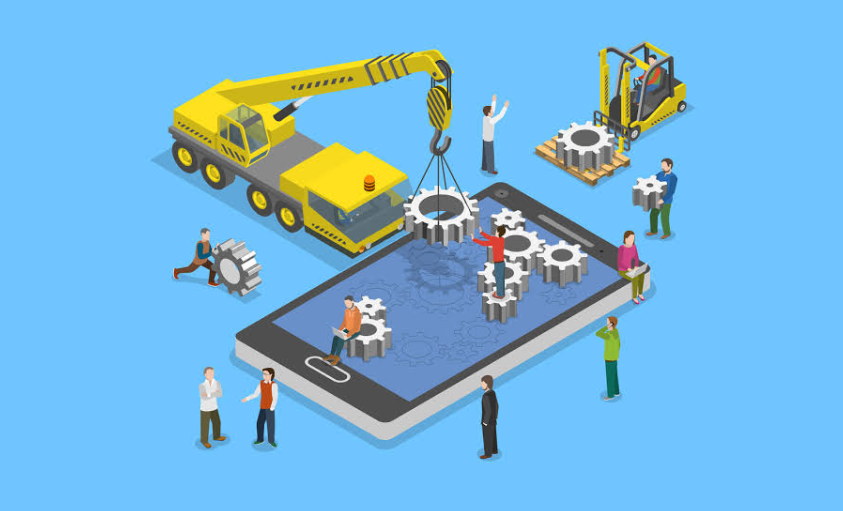
App maintenance is just like buying a house and spending time and money in making the interiors suit your lifestyle. Once done, you can’t take a sigh of relief and forget about it. Repairs will crop up; cleaning is a daily chore and maintenance is an expense that never stops. It is no different with your app. After the app is launched, it will need to be monitored carefully, bugs will need to be fixed and new features added to retain and grow users. Businesses find it more economical to outsource mobile app maintenance services.
Why regular app updates matter
If you want your app to be relevant then it must constantly evolve to meet your users’ needs. A user can see the last updated date on Google Play or on Apple Store. Do you think they would even want to download an app that shows it was last updated a few months ago? Both Google and Apple also have major OS releases and they expect apps to upgrade their operating system with version upgrades. You definitely don’t want your app that might have cost upward of $100,000 dollars to be marked as “obsolete”.
How frequently should you update your app depends on your release features but it must be at least once a month. Many apps are updated up to 4 times a month. Unless you are releasing new features don’t annoy your users with too many updates. This would be a good checklist for your mobile app maintenance plan
- Frequency of app updates is based on business updates (new feature release) and technical updates (usually to do with bug fixes and crash reports)
- It is best to balance faster bug fixes with longer feature updates.
- Feature development should be restricted to 2 weeks. If a feature will require more than a month for development then break down the scope to two weeks. App store approvals can take time and this can add on to the 2 weeks.
How to structure your mobile app maintenance plan
Even before v1.0 of your app has been released, your app roadmap should be in place at least for the next 6 releases. It should be a fluid plan as it needs to be flexible enough to change according to the feedback your app gets from its users. There is also a standard naming procedure to be followed for version releases. If you have a good mobile app maintenance service partner then they will know the norms to be followed
v1.0.1 first update should be to fix bugs. This is not the time for any feature updates. A buggy app is going to get you poor app store ratings so your developers should be focused only on identifying errors that are affecting user experience. Make sure that this release does not exceed the first week after launch.
v.1.1 when you add a new feature release and it is big then move on to a new version. Ensure that feature releases are scoped to a 1-2 week release cycle and it can also include bug fixes. Any new additions to this feature can be a v1.1.2 and so on.
Never ignore the feedback from users. You must have a system in place to aggregate user responses to your app either on social media or the app store. Analytics, crash report diagnostics and other analytical data must also be the yardstick to prioritize what must be tackled in your app releases. When there is a major overhaul of the app, it is time to leave the v.1 version behind and move on to v.2.0.
How much does it cost to maintain an app?
If you have an in-house team then the costs might not be evident but when you factor in monthly salaries of the app developers and testers it can be expensive. This is why many businesses find it more cost-effective to outsource app developers. Development partners have a skilled team readily available and are up to date with the latest changes. However, companies need to be aware of these insights when budgets make it imperative for them to evaluate in advance how much will it cost to maintain an app.
The industry norm for app maintenance cost is 15% to 20% of the development cost. If your app took $200,000 to develop then expect a yearly maintenance fee of $40,000. The surprising insight is that 45% of the features built for the debut never get used. Instead of a bells and whistles app consider developing an app that focuses on end-user development. Such a plan is based on simple app releases that will be beneficial to the end-users and makes room for development based on user needs. Start with a light version of the app and then build on useful features on to it.
Tech India has been providing customized software solutions since 2003. We specialize in custom software development, app development and re-engineering. Contact us today to know more about how we can bring value to your business process.

